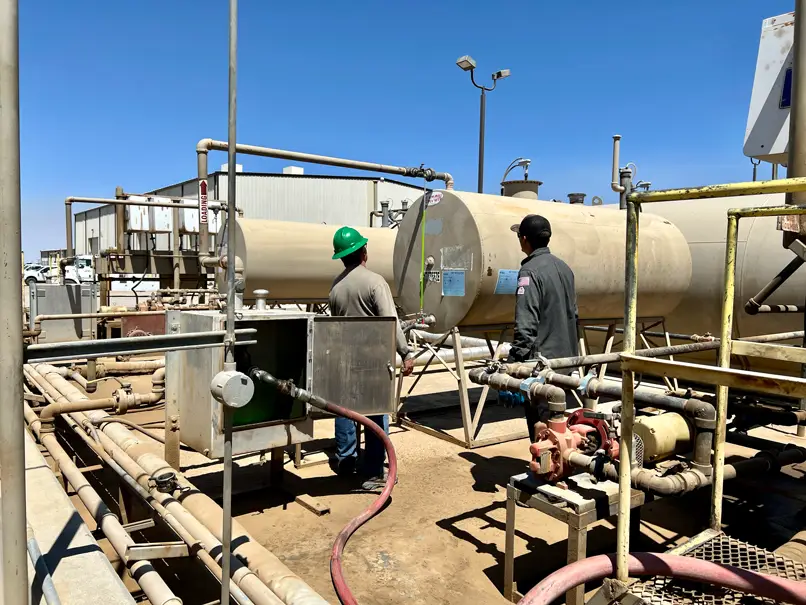Maintenance isn’t just about oil changes and tire pressure checks, as some might think. Establishing a routine equipment maintenance schedule not only helps avoid breakdowns but also extends the lifespan of your equipment. It’s less about the specific tasks and more about how consistently you perform them. Imagine running a company where your equipment is never an issue—always reliable and operating at peak efficiency. That’s the power of a solid maintenance program. It also helps with budgeting, allowing you to anticipate costs and avoid unexpected repairs. Skipping maintenance might save a few minutes today, but tomorrow it could lead to higher costs in parts, downtime, and frustration. Maintenance isn’t a luxury—it’s a strategic plan for keeping your fleet running smoothly.



